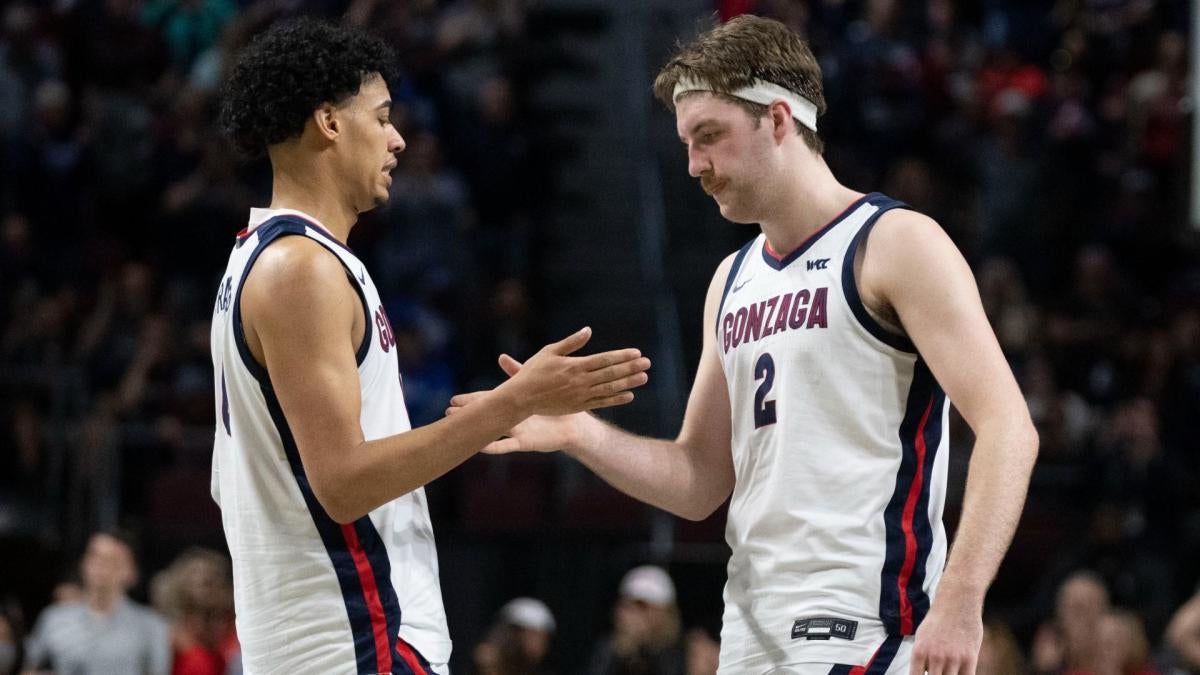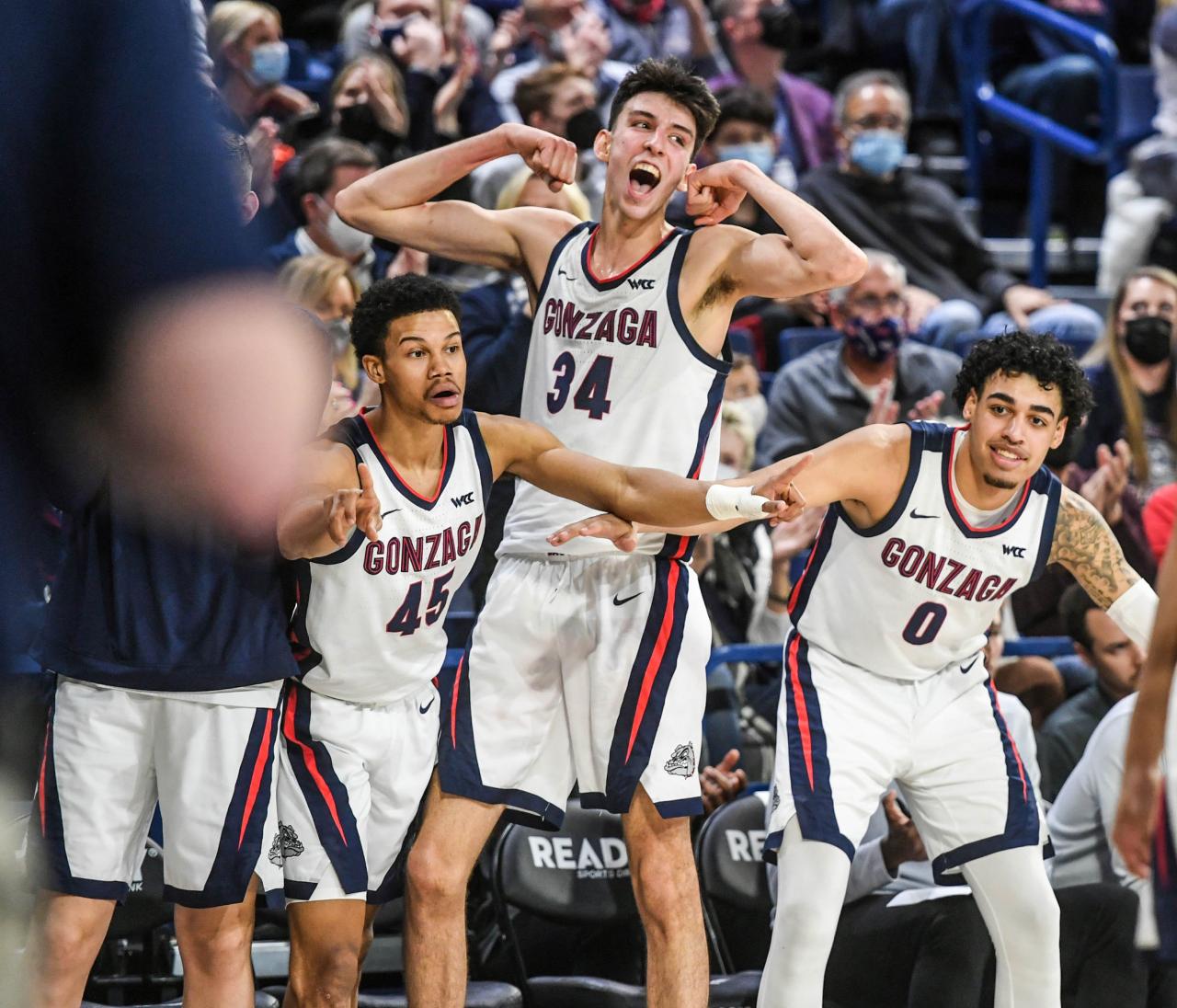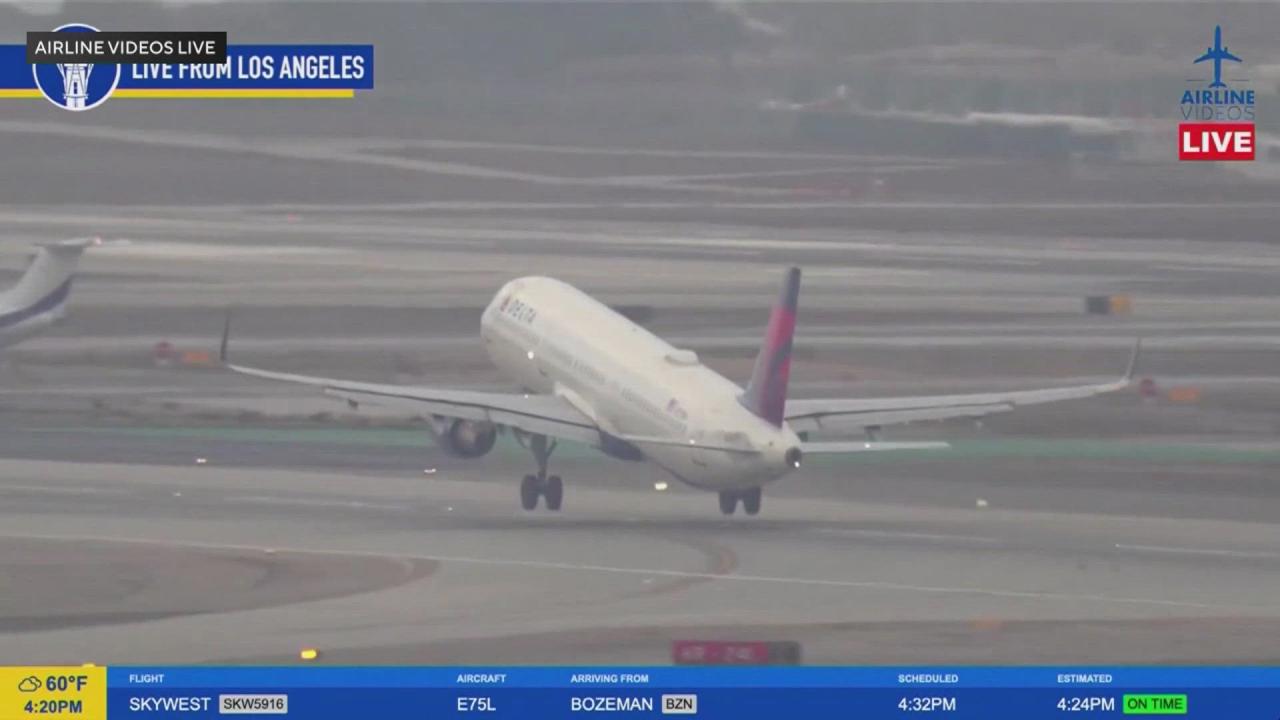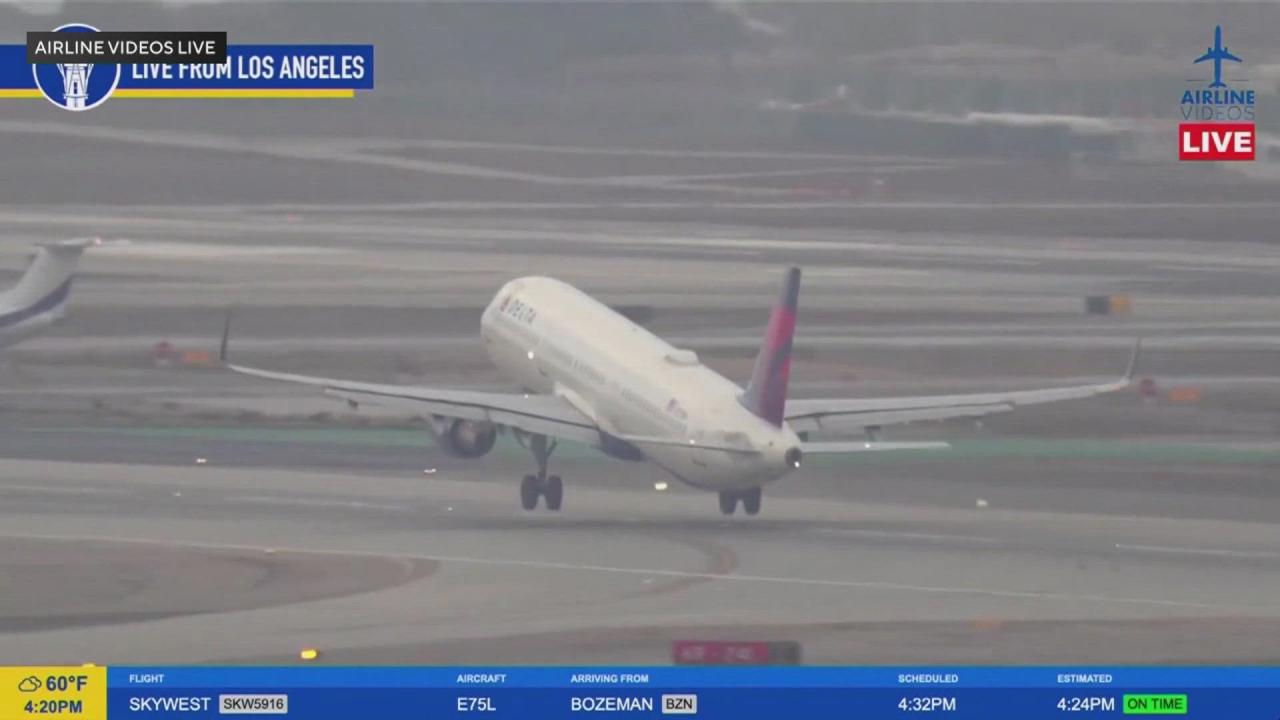Gonzaga basketball plane travel is more than just getting the team from point A to point B; it’s a complex operation involving significant costs, environmental considerations, and public perception. This deep dive explores the Bulldogs’ air travel history, the economic realities, and the various perspectives surrounding their high-flying journeys.
We’ll examine the financial implications of chartering planes, comparing Gonzaga’s spending to other top college basketball programs. We’ll also delve into the environmental impact of these flights and explore potential solutions for reducing their carbon footprint. Finally, we’ll look at how the media and the public have reacted to Gonzaga’s travel choices, considering both positive and negative aspects of their travel arrangements.
So, you’re curious about the Gonzaga basketball team’s travel arrangements, right? Their plane is pretty sweet, I bet. Think about the scale, though – it’s nothing compared to the spectacle you’d see at a massive event like a chinese dragon drone show , where hundreds of drones create a breathtaking display. Then imagine scaling that up to a whole fleet of planes – that’s the kind of logistical challenge involved in moving a whole basketball team around.
Gonzaga Basketball Team Travel: A Comprehensive Overview

Gonzaga University’s men’s basketball team enjoys a national reputation for its consistent success. A key element often overlooked, however, is the team’s extensive travel schedule and the logistical complexities involved. This article delves into the various facets of Gonzaga’s basketball team air travel, examining its history, economic implications, environmental impact, public perception, and safety considerations.
Gonzaga Basketball Team Travel History, Gonzaga basketball plane
Gonzaga’s use of chartered flights has evolved significantly over the past decade. Initially, the reliance on commercial flights was more prevalent, especially for shorter trips. However, as the team’s national prominence grew, so did the frequency of private charter flights, particularly for longer distances and crucial games. This shift reflects the team’s commitment to optimizing player rest and recovery, a vital factor in maintaining peak performance.
Significant events, such as deep NCAA tournament runs, have naturally increased the demand for chartered flights. The team’s increased reliance on private jets has been a direct consequence of their success and the need to manage travel time effectively. This is not uncommon amongst successful college basketball programs.
A timeline of notable flights would reveal a gradual increase in the use of chartered flights over time, coinciding with the team’s rise in national rankings and tournament success. For example, the team’s 2017 Final Four run likely involved extensive use of chartered flights, whereas earlier years might show a greater reliance on commercial travel.
The Economics of Gonzaga Basketball Team Air Travel

Chartering planes for a college basketball team involves substantial costs. Factors such as aircraft size (to accommodate the team, coaching staff, and support personnel), flight distance, fuel prices, and pilot fees all contribute to the overall expense. Additionally, there are often additional charges for catering, ground transportation at airports, and potential overnight stays.
Funding for these expenses likely comes from a combination of sources, including athletic department budgets, booster donations, and potentially revenue generated from the team’s success (e.g., tournament appearances, merchandise sales, media rights). A direct comparison to other programs is difficult due to the lack of publicly available financial data, but it’s reasonable to assume Gonzaga’s travel costs are among the higher end for college basketball programs, reflecting their high level of competition and travel demands.
A hypothetical budget for a single flight might include: $20,000-$30,000 for the charter itself, $2,000-$5,000 for ground transportation and lodging, and $1,000-$2,000 for catering. These figures are estimates and can vary greatly depending on the specific flight and circumstances.
Environmental Impact of Gonzaga Basketball Air Travel

The carbon footprint of Gonzaga’s air travel is significant, given the number of long-distance flights undertaken each season. Private jets, in particular, have a higher per-passenger carbon emission rate compared to commercial flights. However, it is important to note that the team’s travel is a small fraction of the overall carbon emissions generated by the university.
To mitigate the environmental impact, the team could explore several options. These include prioritizing more fuel-efficient aircraft, offsetting carbon emissions through investments in carbon reduction projects, and potentially reducing the number of flights by strategically scheduling games and utilizing alternative transportation methods (such as buses) for shorter distances whenever feasible. Comparing air travel’s impact to alternative methods like bus travel would show a substantial difference in emissions, highlighting the environmental cost of air travel.
A carbon offsetting plan could involve investing in certified carbon reduction projects, such as reforestation or renewable energy initiatives, to compensate for the emissions generated by the team’s flights.
Public Perception and Media Coverage of Gonzaga’s Air Travel
Media coverage of Gonzaga’s use of private jets has been mixed. While some outlets have highlighted the team’s commitment to player well-being and competitive advantage, others have questioned the environmental and economic implications of such travel. This has generated discussions and debates about the responsible use of resources in college athletics.
So, you’re interested in the Gonzaga basketball team’s travel arrangements, right? Their plane’s probably pretty sweet. Think of the scale, though – it’s nothing compared to the sheer spectacle of a coordinated drone display, like the amazing chinese dragon drone show I saw recently. That kind of precision and coordination is pretty incredible, almost as impressive as a perfect Gonzaga game-winning shot.
Back to the plane though – I bet the team enjoys the view from up high!
Public reaction has varied, with some expressing concern over the environmental impact and others viewing it as a necessary expense for maintaining a competitive program. Social media sentiment likely reflects this diversity of opinion, with some users praising the team’s success while others criticizing their travel choices. A thorough analysis of news articles and social media posts would provide a comprehensive overview of public opinion.
Player and Coach Perspectives on Team Travel
A hypothetical scenario might involve a player expressing appreciation for the convenience and comfort of private flights, particularly after grueling games. This would emphasize the positive impact on player recovery and overall well-being. The coaching staff, on the other hand, would focus on the logistical challenges of coordinating travel for a large team, ensuring timely arrival at games, and maintaining player morale during long journeys.
Travel’s impact on player performance is undeniable. Adequate rest and reduced travel stress contribute significantly to optimal performance. The coaching staff’s role in managing travel logistics includes coordinating flight schedules, accommodations, and transportation, ensuring the players are comfortable and prepared for competition.
Comparison with Other High-Profile College Sports Teams
Comparing Gonzaga’s travel arrangements with other top college basketball programs reveals a range of approaches. While some teams might primarily rely on commercial flights, others, like Gonzaga, might favor chartered flights for key games or longer distances. Factors influencing these choices include team budget, scheduling constraints, and the overall emphasis on player well-being.
| Team Name | Primary Travel Method | Estimated Annual Travel Cost | Notable Travel Incidents |
|---|---|---|---|
| Gonzaga | Charter Flights (predominantly for long distances) | $XXX,XXX (estimated) | None publicly reported |
| Duke | Combination of Charter and Commercial | $YYY,YYY (estimated) | Minor delays reported in past seasons |
| Kentucky | Charter Flights (significant use) | $ZZZ,YYY (estimated) | No major incidents documented |
| Kansas | Combination of Charter and Commercial | $AAA,AAA (estimated) | No significant reported incidents |
Safety and Security Aspects of Gonzaga Basketball Team Flights
Safety and security are paramount during Gonzaga’s team travel. Comprehensive protocols are likely in place, including pre-flight aircraft inspections, adherence to FAA regulations, and emergency response plans for various scenarios (e.g., medical emergencies, mechanical failures). Security measures might involve coordinating with airport authorities, employing security personnel, and implementing procedures to manage access to the team and its equipment.
Potential risks include flight delays, mechanical issues, medical emergencies, and security threats. Mitigation strategies involve thorough pre-flight planning, backup travel arrangements, access control procedures, and close coordination with relevant authorities. A detailed list of risks and mitigation strategies would be extensive, encompassing various scenarios and their corresponding preventive measures.
Final Summary: Gonzaga Basketball Plane
From the historical context of Gonzaga’s air travel to the ongoing debates surrounding its environmental and economic impact, this exploration reveals a fascinating intersection of sports, logistics, and public opinion. Understanding the intricacies of Gonzaga’s travel choices provides a broader understanding of the complexities faced by high-profile college sports programs balancing success, sustainability, and public image.
So, you’re curious about the Gonzaga basketball team’s travel plans, right? Their chartered plane is probably pretty sweet. Think about the technology involved – it’s a far cry from the simpler tech of something like a ukrainian sea drone , which, while impressive in its own right, serves a completely different purpose. But getting back to Gonzaga, imagine the team’s comfort and efficiency, allowing them to focus on the game.
FAQ Insights
How do Gonzaga players feel about flying privately?
While specific player opinions aren’t publicly available, the convenience and comfort of private flights likely contribute to player well-being and potentially performance.
What types of planes does Gonzaga typically charter?
The specific aircraft models vary, but they are usually large enough to comfortably accommodate the entire team, coaching staff, and support personnel.
Are there any alternative transportation methods considered by Gonzaga?
While less convenient, commercial flights or a combination of commercial and chartered flights could potentially reduce costs and environmental impact. However, logistical challenges for a large team exist.
